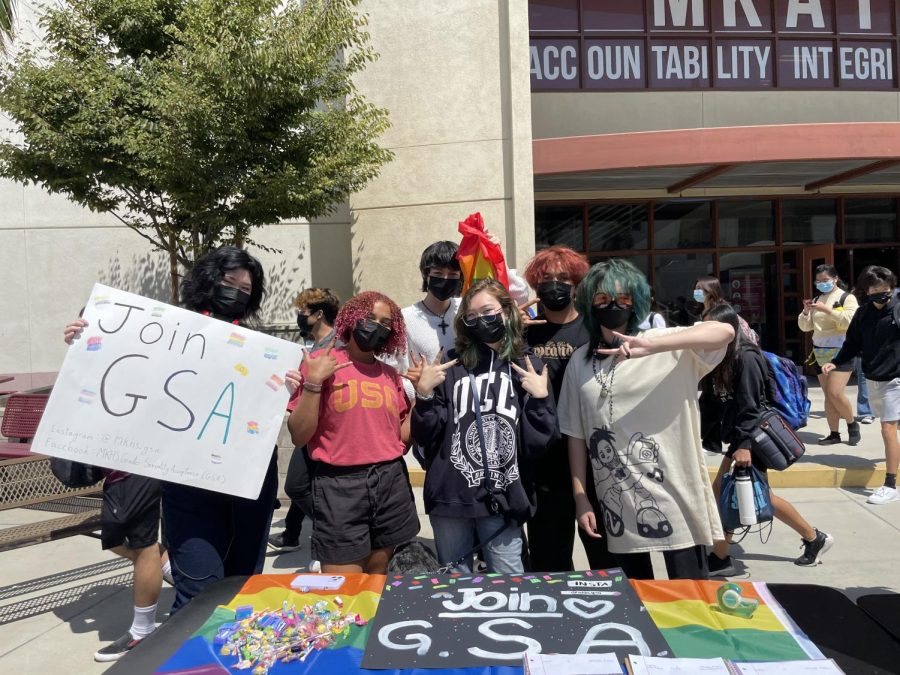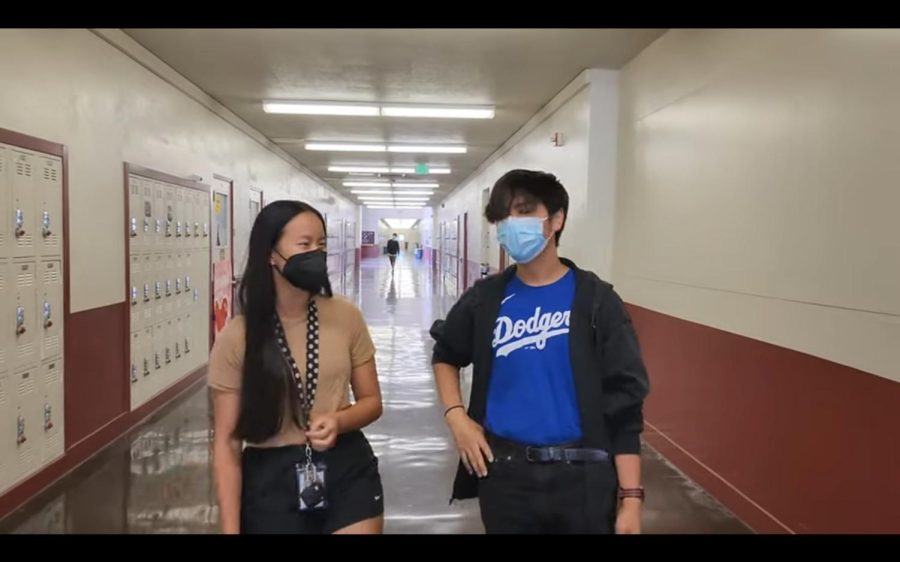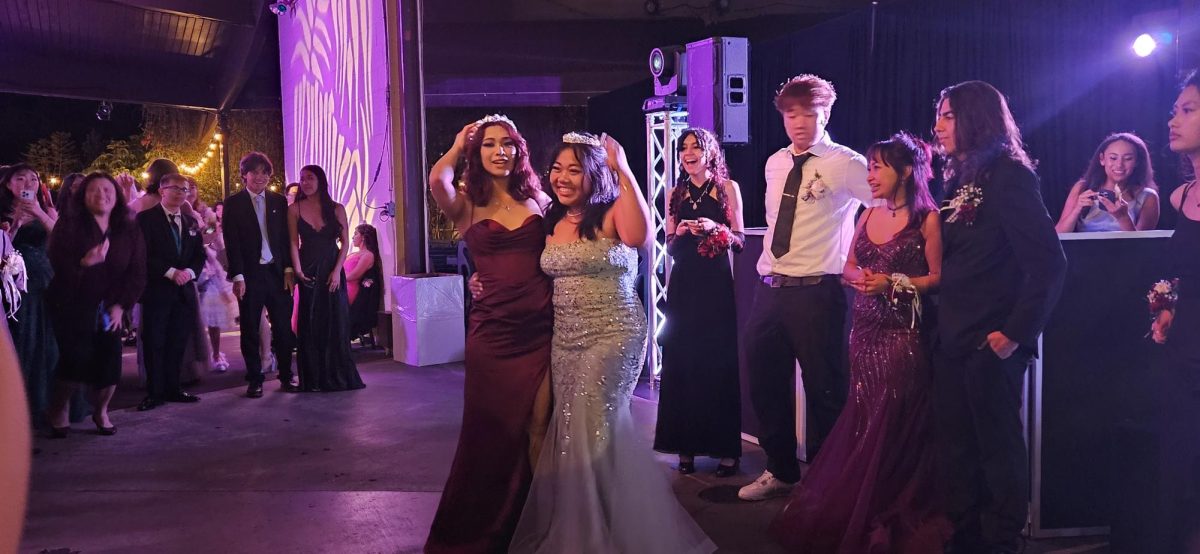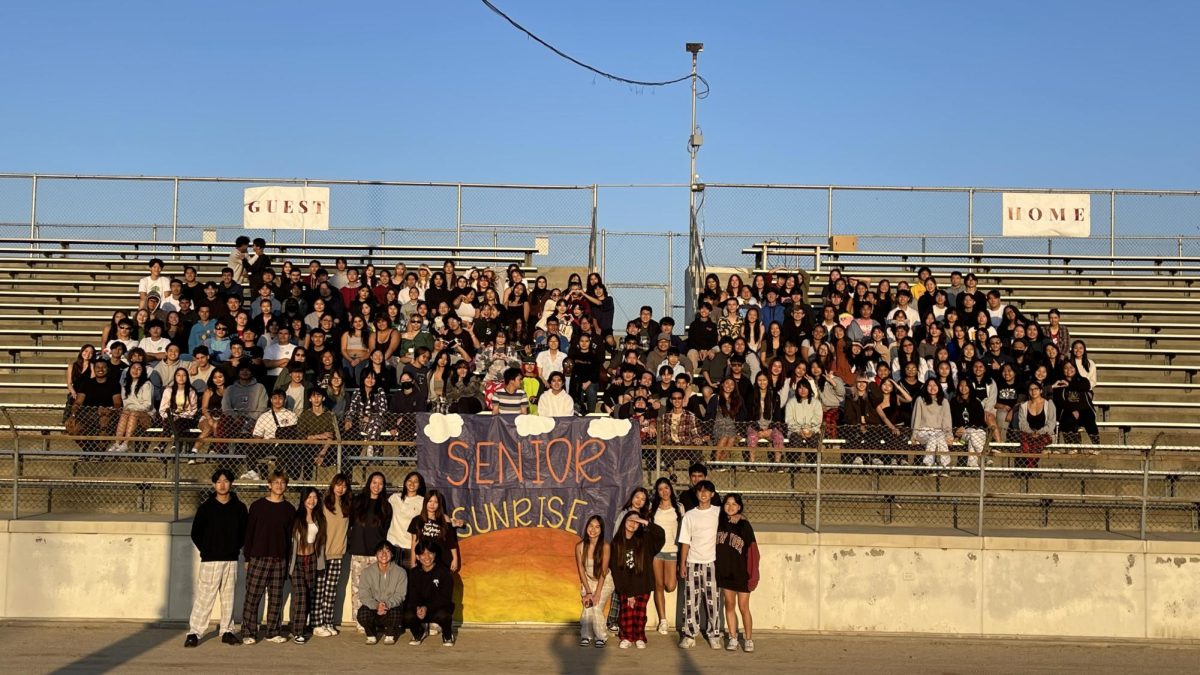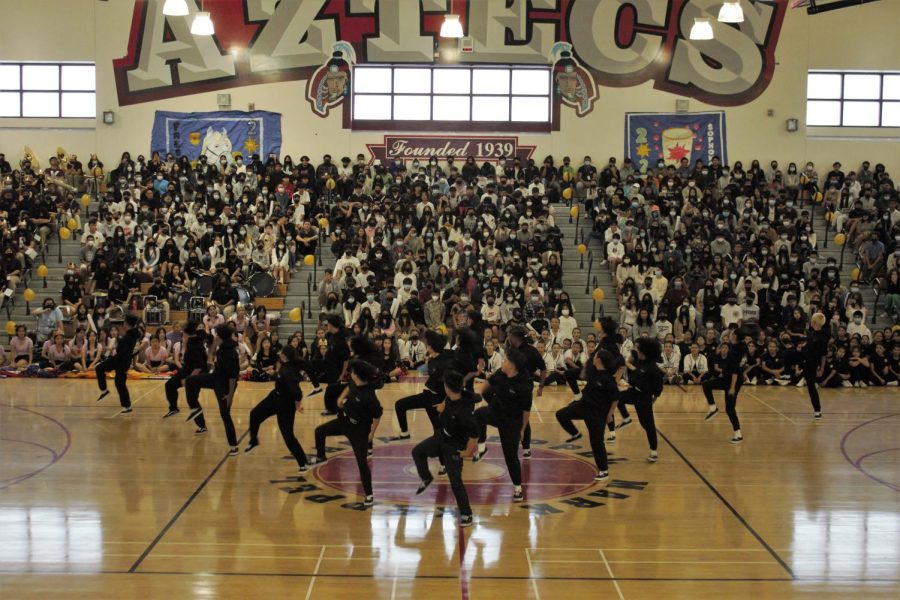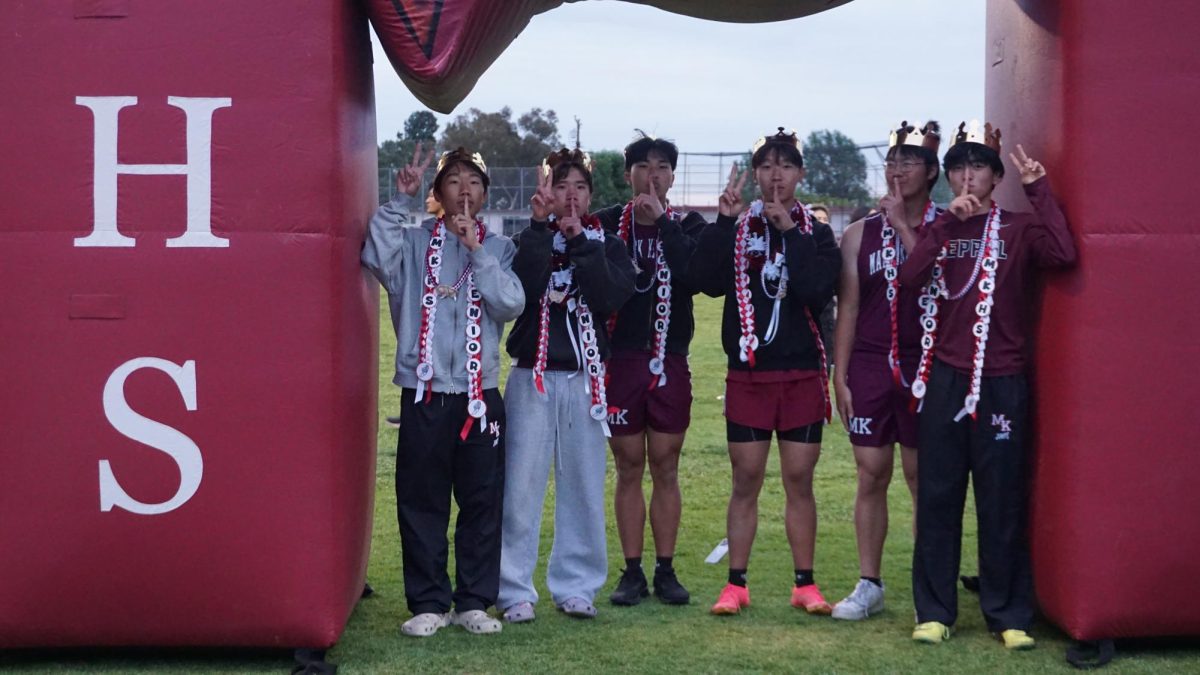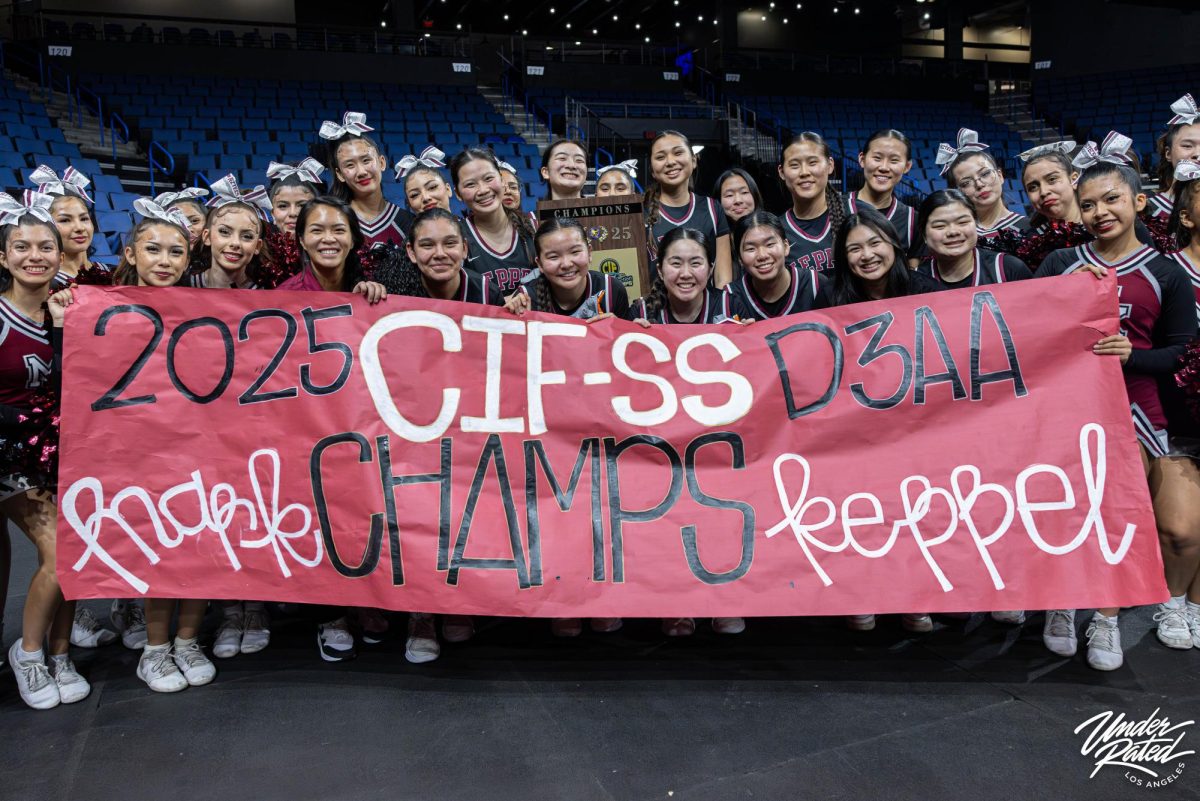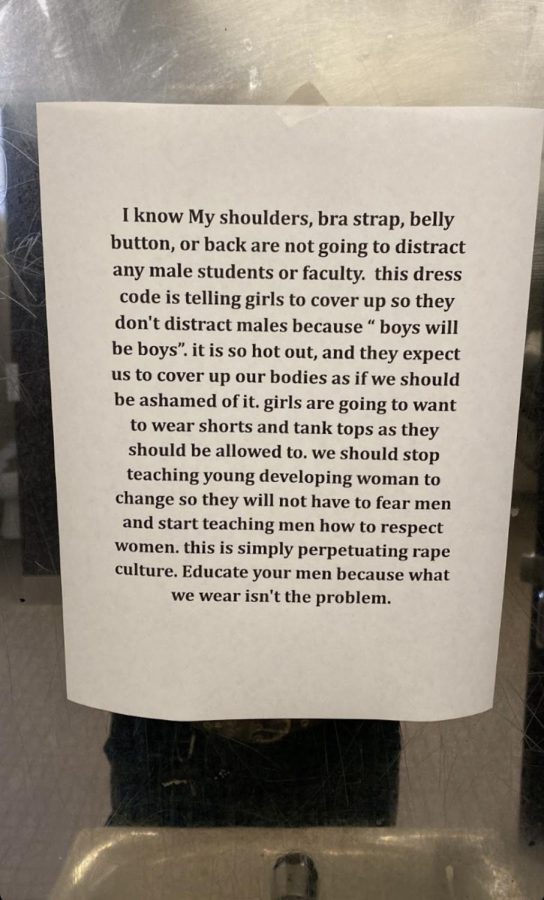Misogynistic Dress Codes?
Introduction
When you get dressed every morning for school, what do you do? Have your outfit planned out ahead of time? Check the weather? Decide whether or not you want to look a little fancier than usual that day? Regardless of your dressing process, there are new restrictions on your school outfits. As of April 26, the Governing Board established recent revisions to the AUSD dress code, Regulation/Policy 5132, which now includes much stricter regulations. These dress code restrictions are facing great disapproval and criticism from our Mark Keppel students.
Concealment
One of the dress code guidelines that angers our students the most is concealment. In the new dress code guideline, it states “shirts and dresses must have fabric that covers the front, back, and sides” and “clothing fabric must cover all private body parts and/or undergarments and must not be transparent (see-through).” These policies primarily target girls, who will be unable to wear casual clothing such as crop tops or sheer items.
The Larger Issue
Although these guidelines were written in a gender-neutral tone, they undoubtedly pick on female students, as today’s fashion trends typically consist of cropped shirts and sheer fabric. Because of this, many students claim that the new dress code is sexist, and also encourages rape culture and the sexualization of young females. Dress code and its known sexism have constantly been a modern issue in our education. Promoting the idea that certain clothes worn by women are “inappropriate” lowers the self-esteem of young female students; being told what to wear limits their self-expression. Schools are a place for young students to learn, not to be forced under sexist rules. Enforcing these gender stereotypes and teaching young women that their casual clothes are “inappropriate” in a place where they simply need to learn ultimately affects their growth, mindset, and education.
Public Disapproval
Recently, many female students have expressed their anger toward the dress code in the form of slight protests against its perpetuation of rape culture. For instance, anonymous posters have been put up explaining the more significant problem of dress code restrictions against women.
Overwhelming anger towards the dress code has been expressed on social media through reposts of the poster and comments.
Students among different grades have different attitudes towards the dress code, some more passionate than others. Some upperclassmen who have had more experience within the school, back when the dress code rules were much more lenient, speak out about the unfairness. Senior Alice Molina expresses her opinion, saying that the dress code “doesn’t mean adults need to nitpick and send students to the office to change. If they’re truly concerned with the student’s ability to learn them, let them dress how they feel comfortable.” Another senior, Rachel Wu, mentions that although there needs to be a dress code, current measures are “over the top, because you’re forcing us to cover up in the heat.”
Conclusion
The school’s dress code is met with harsh disapproval from students. Its sexist rules greatly impact our students and their education.
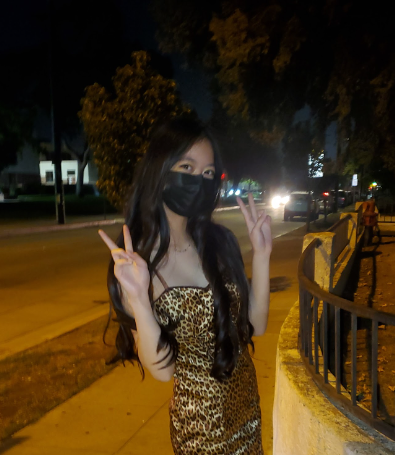
Kylee Siapuatco is a senior at Mark Keppel High School. Throughout her four years of high school, she's been dancing on the Mark Keppel Dance Team. One...
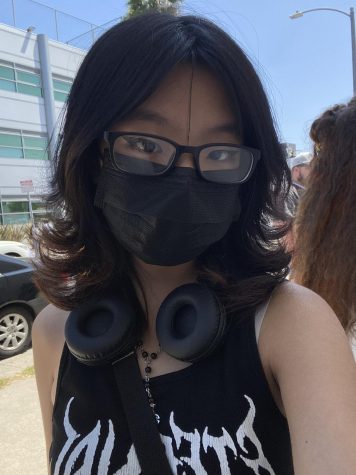
Jenny is a junior attending MKHS. She enjoys listening to music, collecting CDs, reading, and going to concerts. In her free time, you would probably catch...


